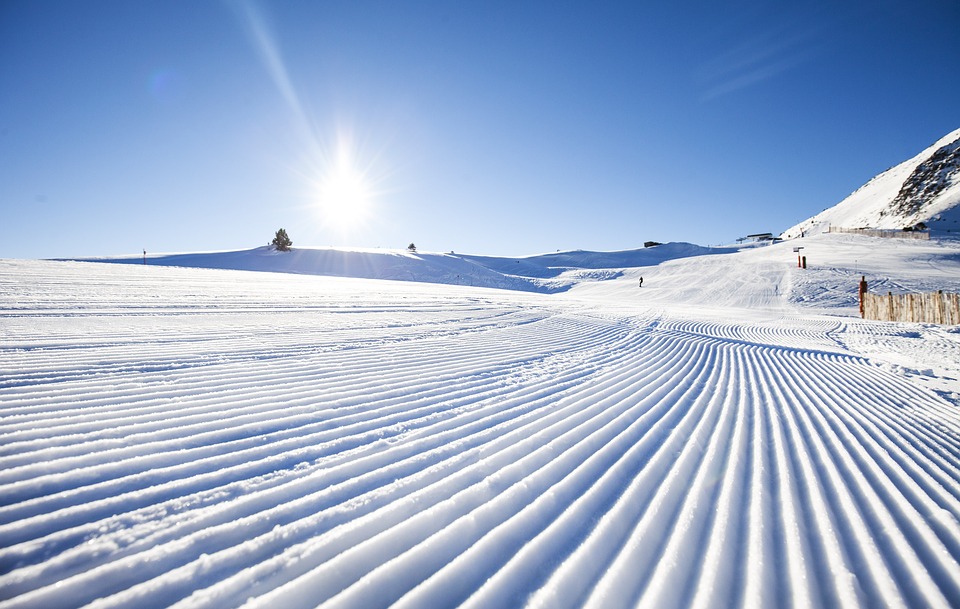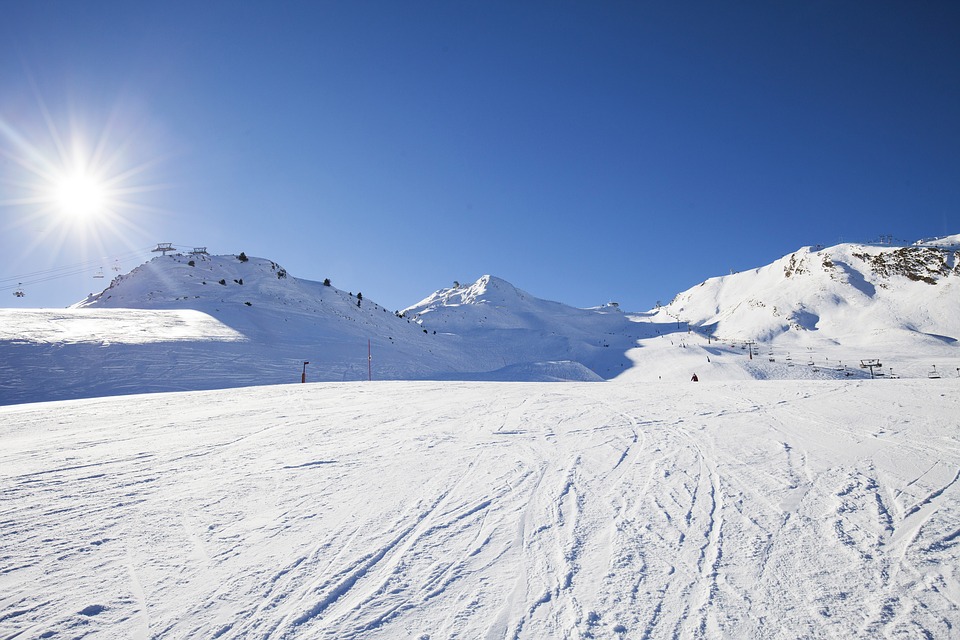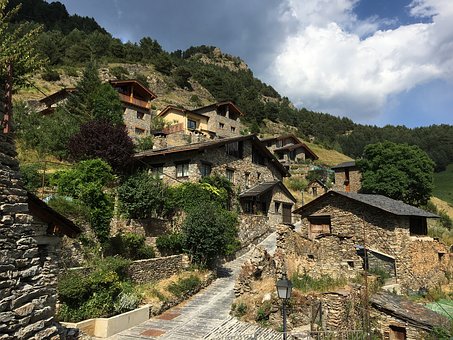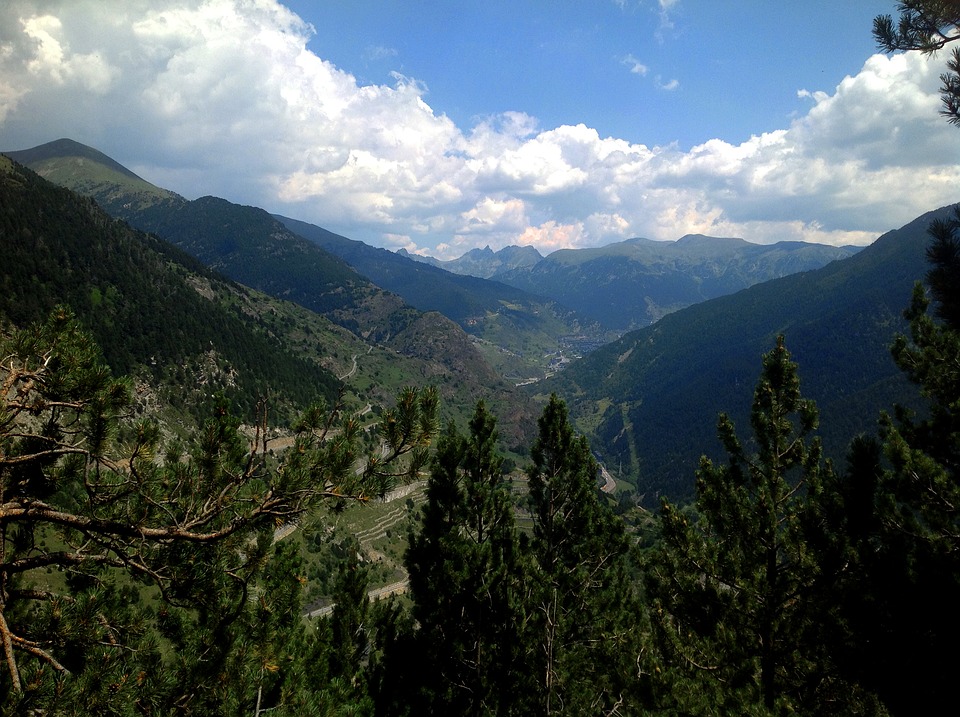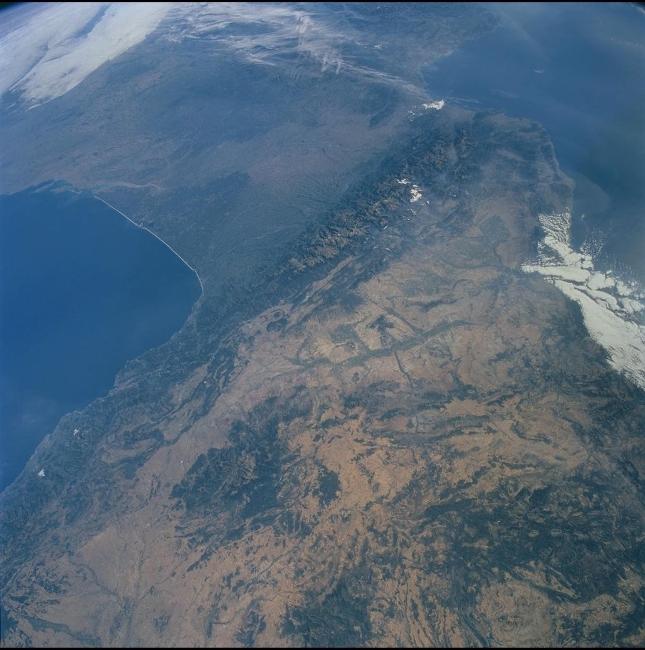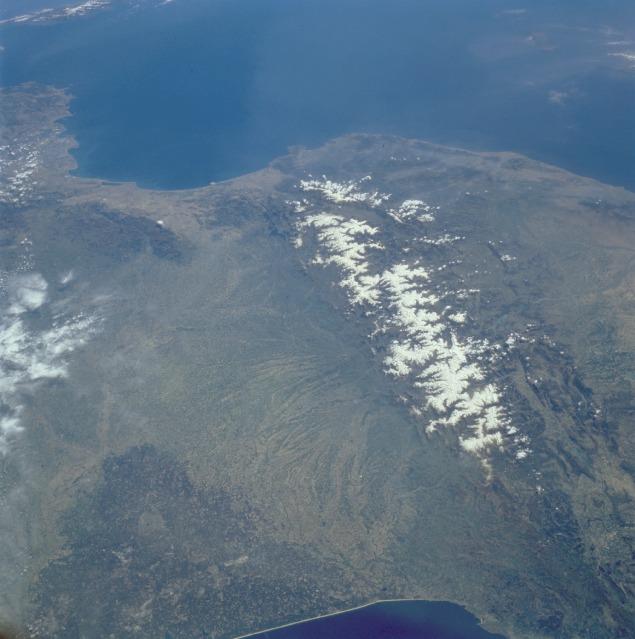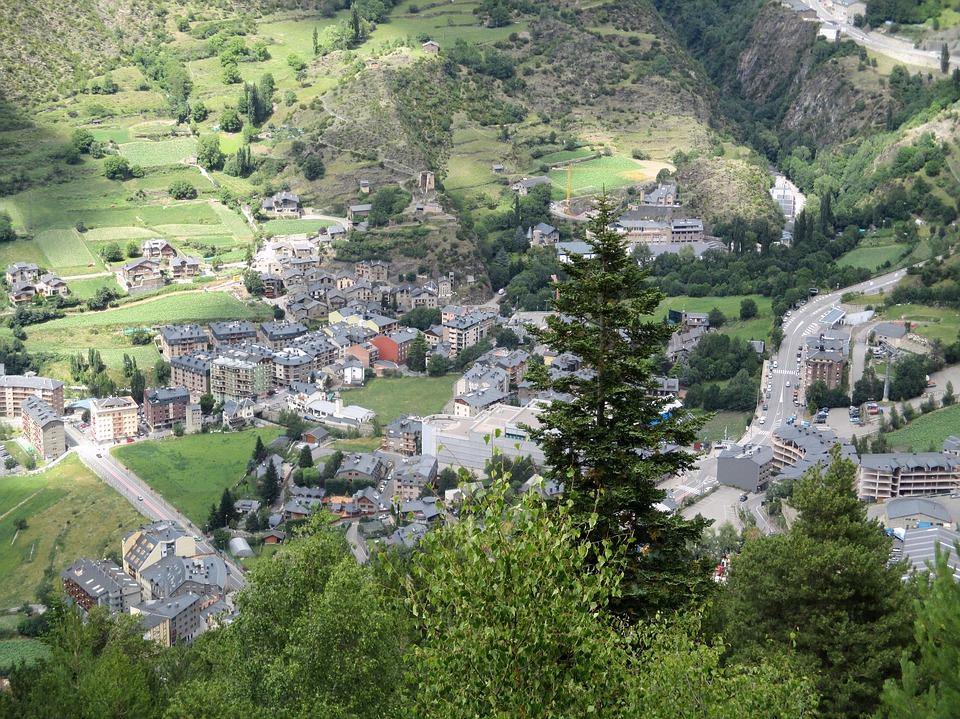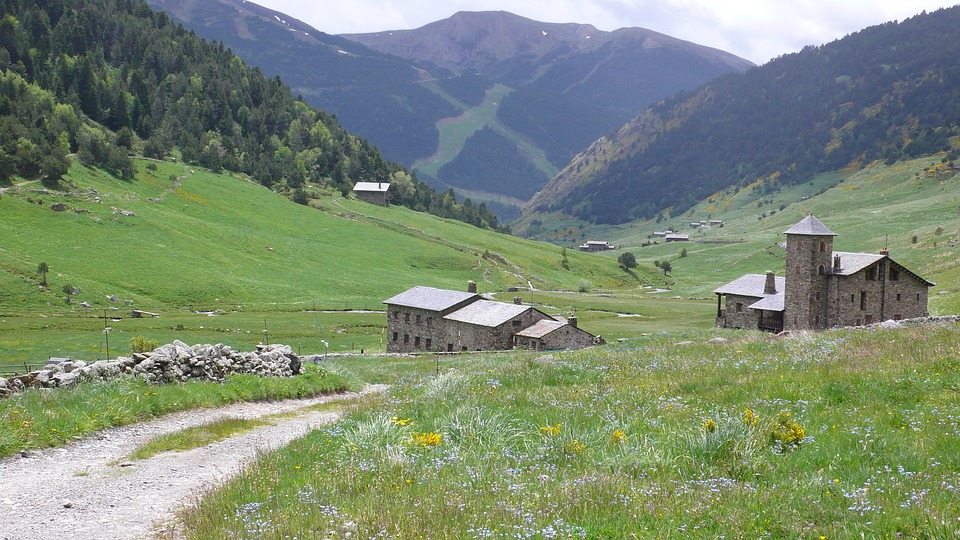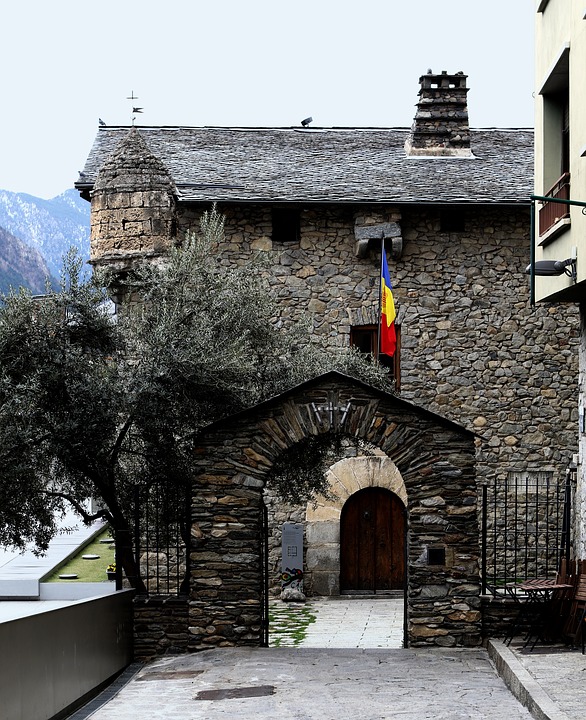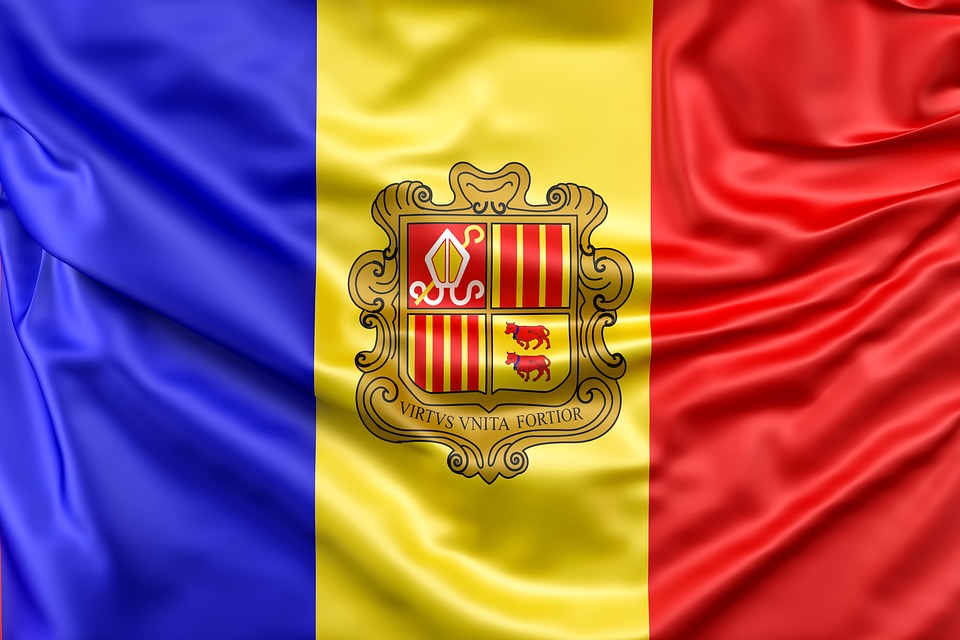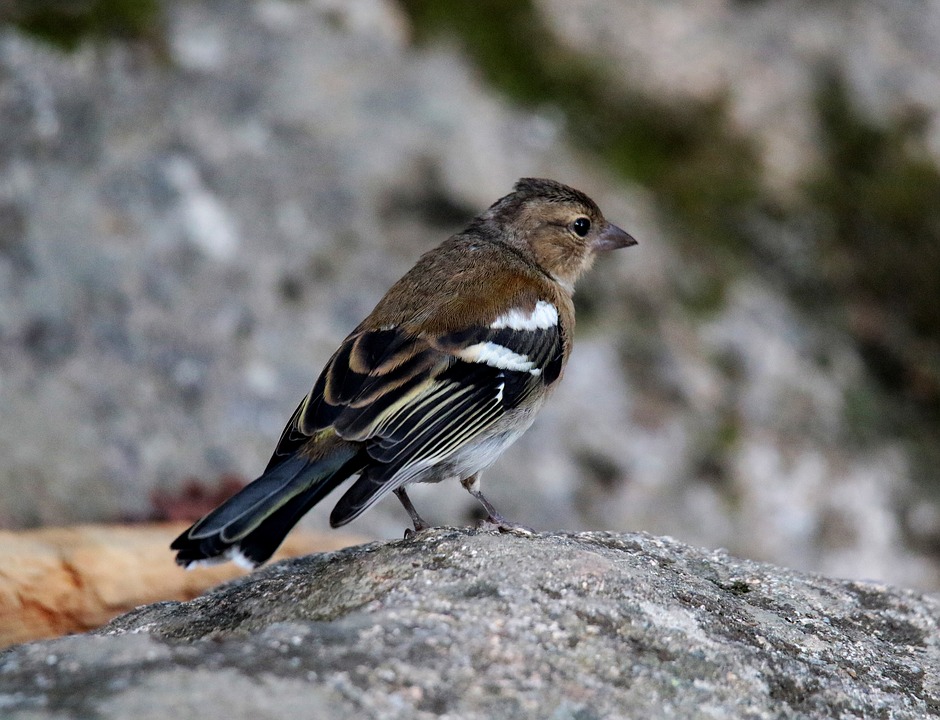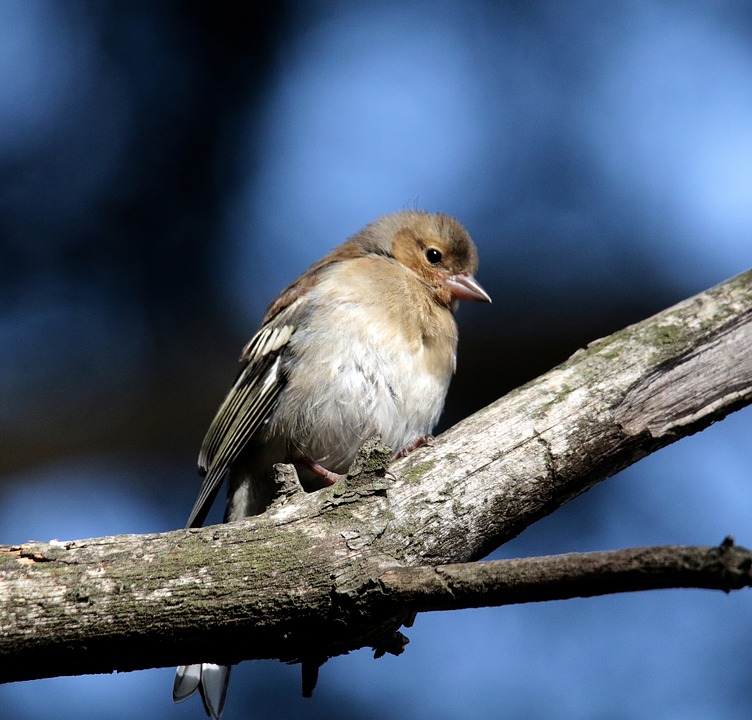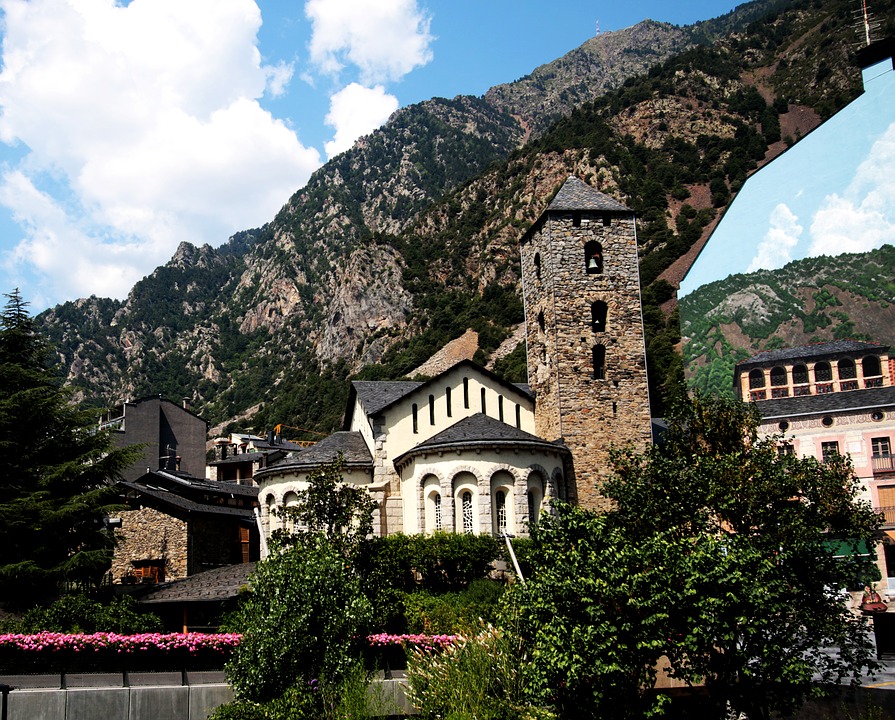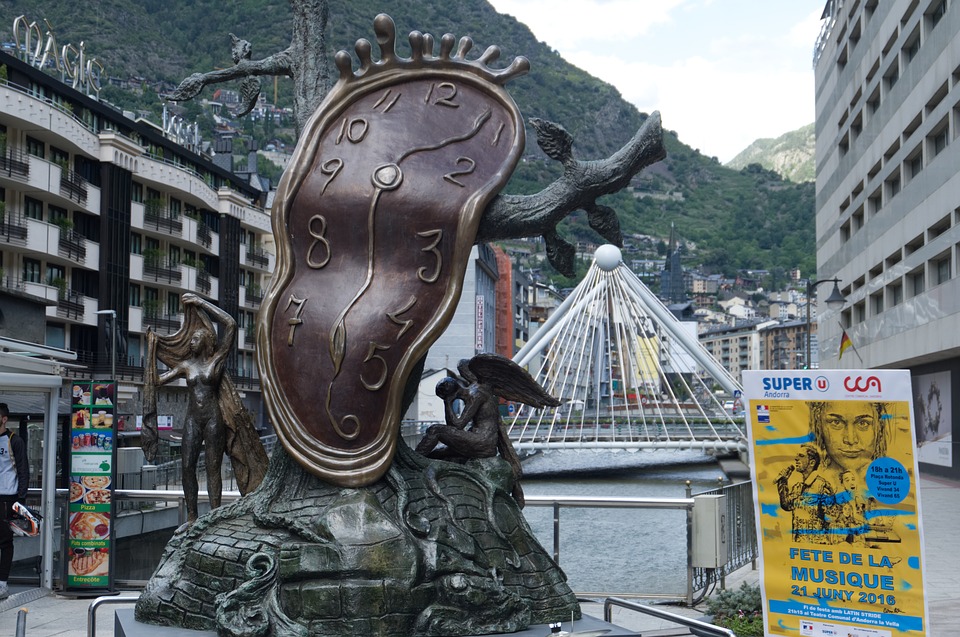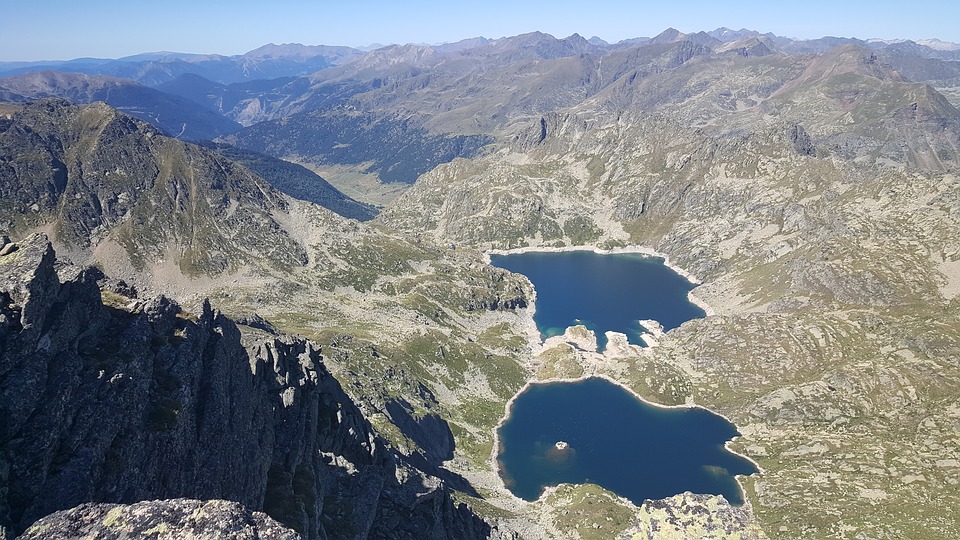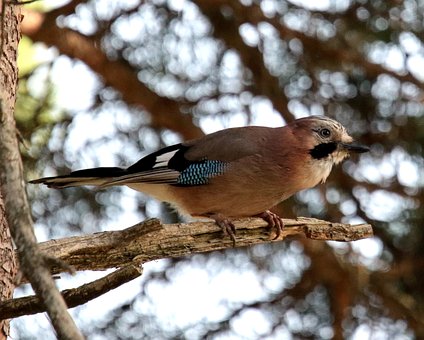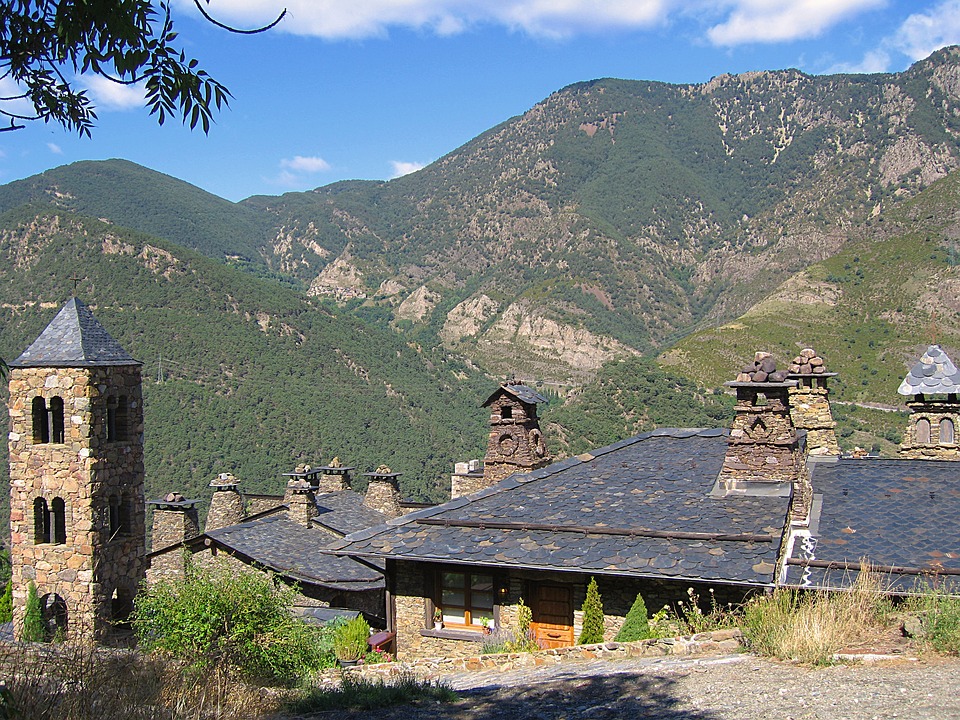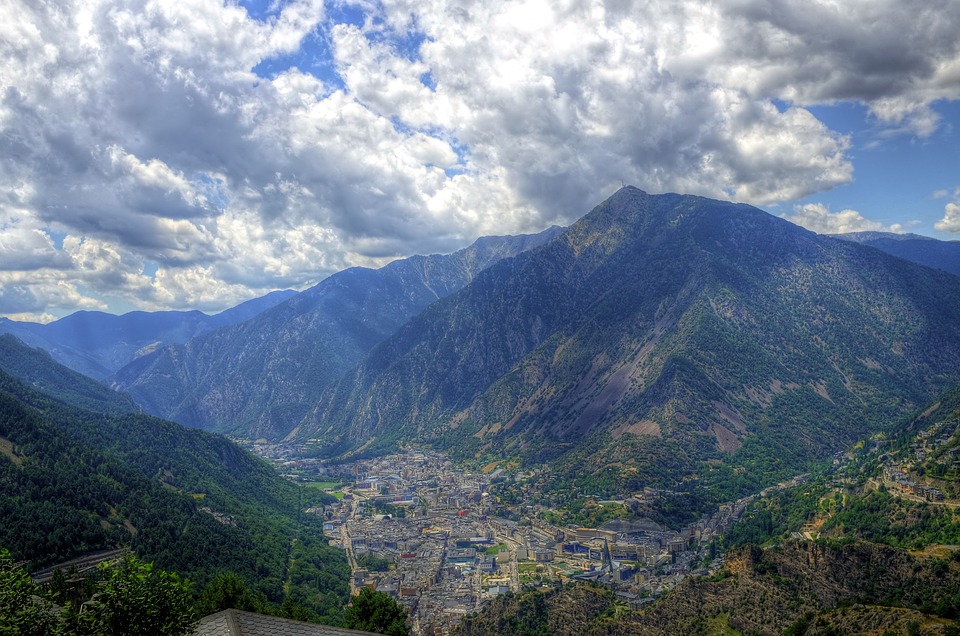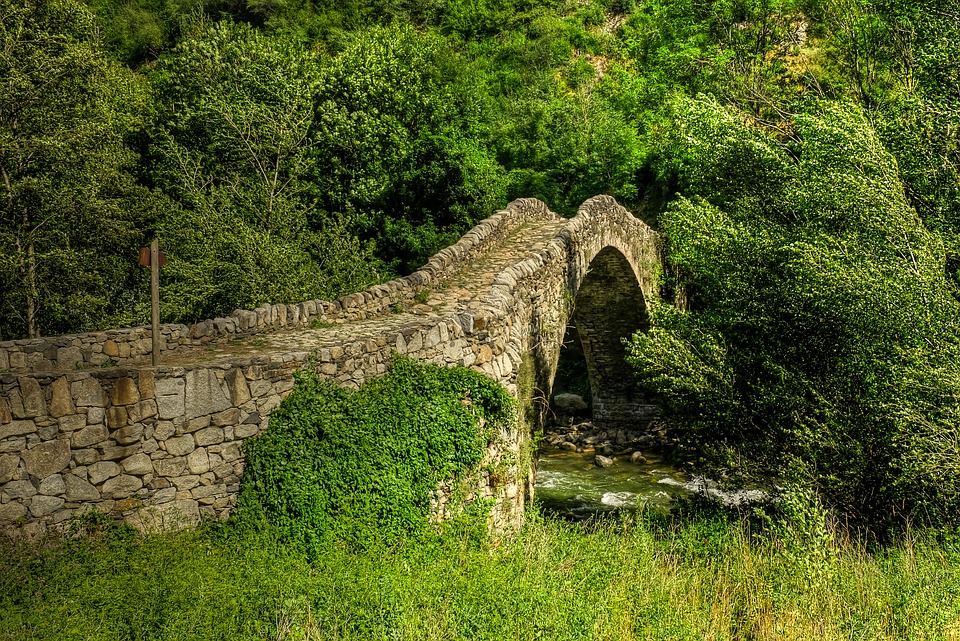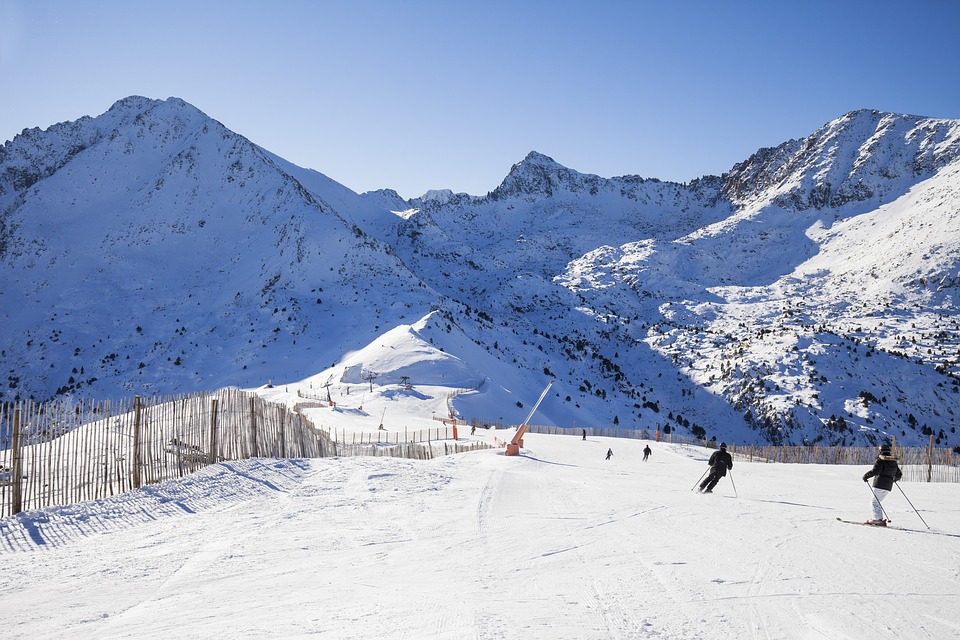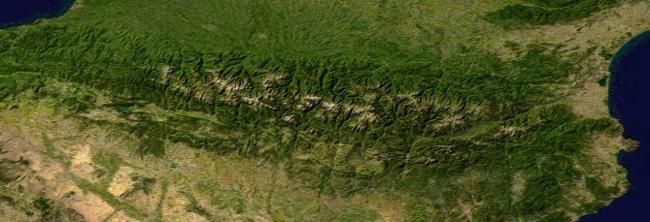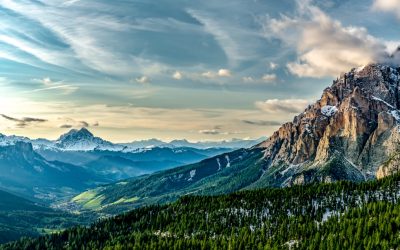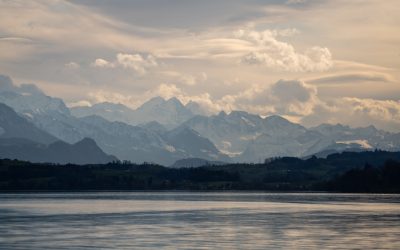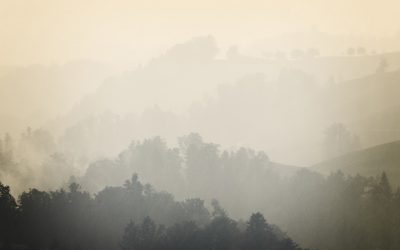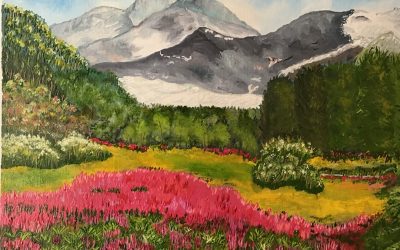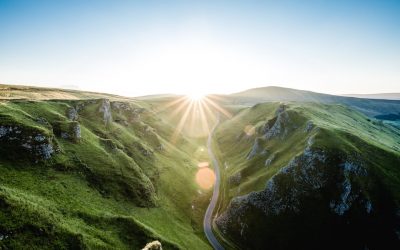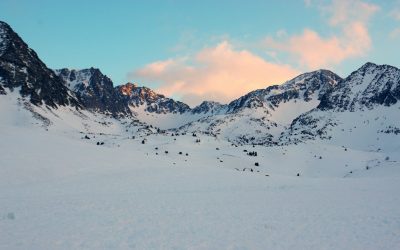Andorra
(Principat d’Andorra (Principality of Andorra))

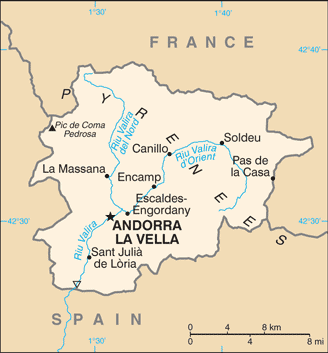
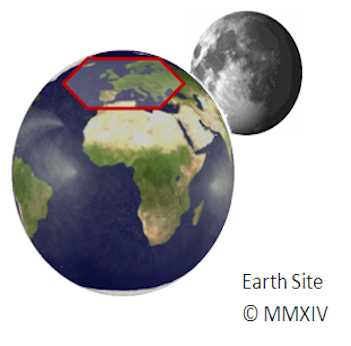
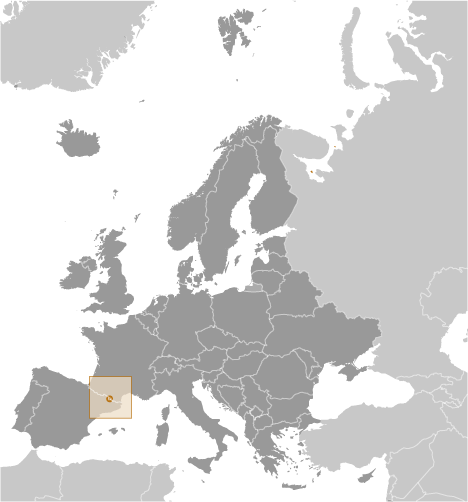
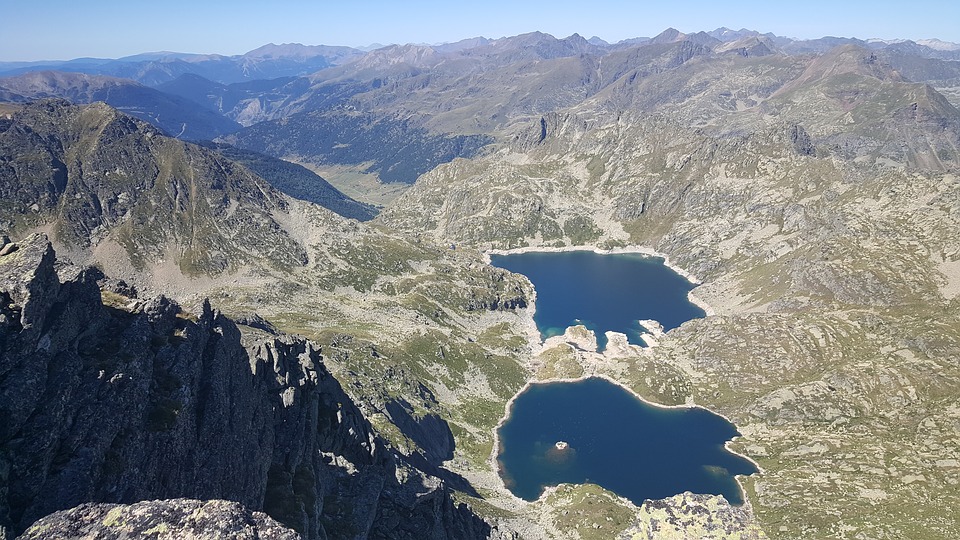
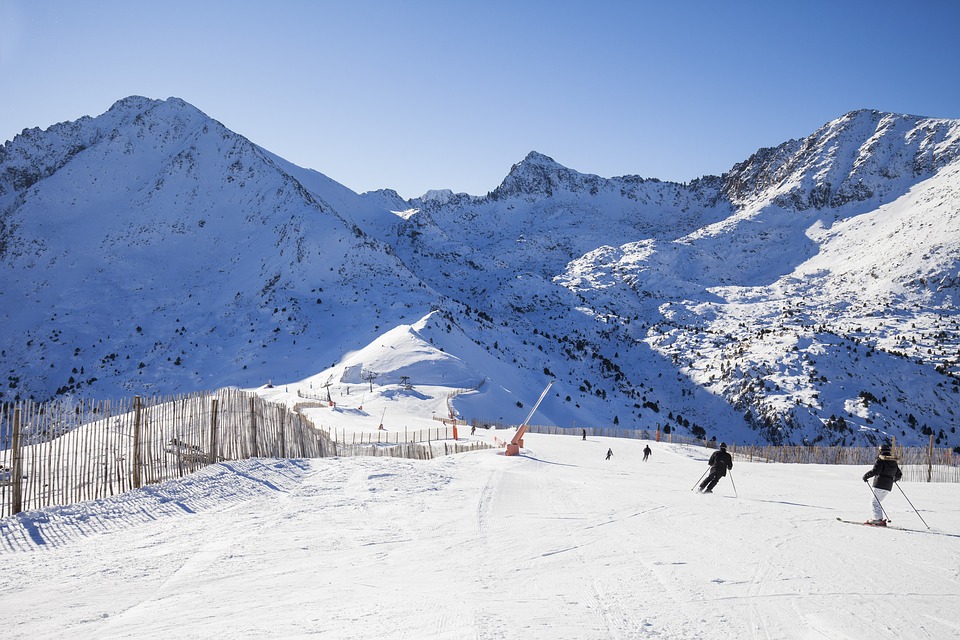
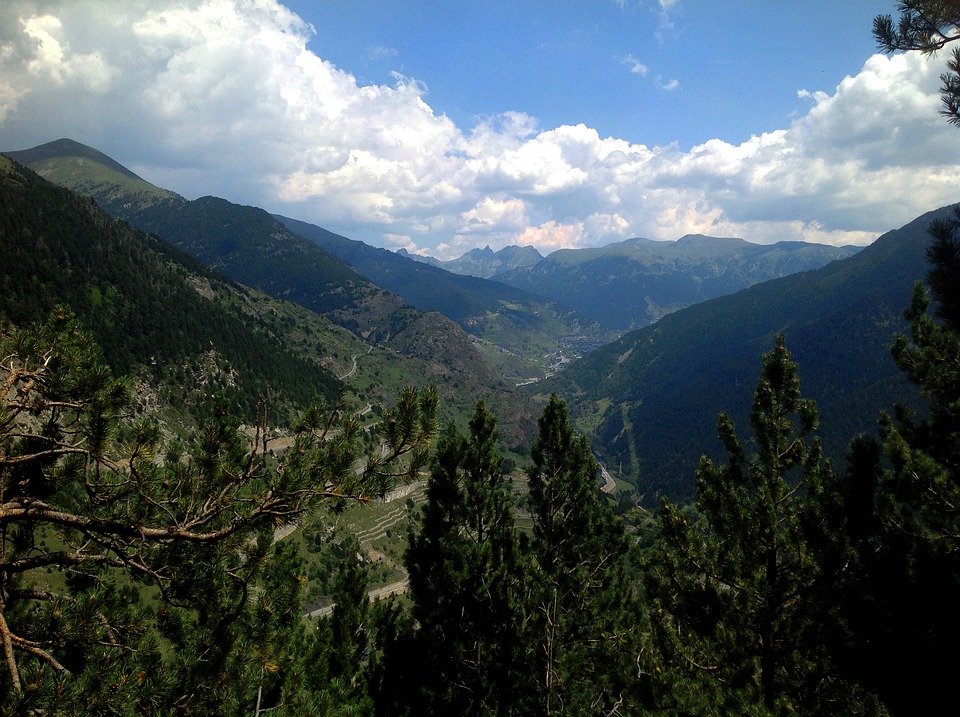
Capital: Andorra la Vella
Population (Estimated July 2012): 68,061
Area: 464km2 or 179mi2
Currency: Euro (€)
Official Language: Catalan
Political Information: Parliamentary Co-Principality
Official Religion: No Official Religion
(but predominantly Roman Catholic)
Highest Mountain: Pic de Coma Pedrosa at 2,946m or 9,665ft
Largest River: the Segre 265km
GDP Purchasing Power Parity (PPP is good for gauging living conditions and use of resources but not as accurate as OER. This data has been calculated based on the sum value of all goods and services produced in the country valued at prices prevailing in the United States)
(Estimated 2011): $3.169 billion (US$) or £1,901 million(GBP)
GDP (PPP) Per Capita (per member of the population estimated 2011): $37,200 (US$) or £22,320(GBP)
Time Zone (GMT/UTC): +1:00
Counties/Provinces/States: Parishes (parroquies, singular – parroquia); Andorra la Vella, Canillo, Encamp, Escaldes-Engordany, La Massana, Ordino, Sant Julia de Loria
Leaders: French Co-prince Francois HOLLANDE (represented by Christian Fremont); Spanish Co-prince Archbishop Joan-Enric Vives i Sicilia (represented by Nemesi Marques i Oste); Executive Council President (or Cap de Govern) Antoni Marti Petit
Additional: In 2007 Andorra had the highest age of Life expectancy at 83.5 years.
Sources: CIA World Fact Book, Encyclopaedia Britannica,
Andorra, a small landlocked country nestled in the Pyrenees Mountains between Spain and France, may not be on everyone’s travel radar. However, this tiny nation is full of surprises and offers a unique blend of Spanish and French influence, stunning natural landscapes, and a rich history. Despite its small size, Andorra has a lot to offer visitors, making it a must-visit destination for those seeking adventure, culture, and breathtaking scenery.
History of Andorra: From Medieval Times to Modern-Day
The origins of Andorra can be traced back to the 9th century when it was established as a feudal state. Over the centuries, Andorra was ruled by various feudal lords and bishops until it became a co-principality in 1278. This unique political arrangement meant that Andorra was jointly ruled by the Bishop of Urgell in Spain and the Count of Foix in France.
Throughout its history, Andorra has managed to maintain its independence and neutrality despite being surrounded by larger and more powerful nations. In modern times, Andorra has become a popular tourist destination and has experienced significant economic growth.
Geography and Climate of Andorra: Mountains, Valleys, and Snow
Andorra is located in the eastern Pyrenees Mountains and covers an area of just 468 square kilometres. Despite its small size, the country is known for its rugged mountain landscapes, deep valleys, and picturesque villages. The highest peak in Andorra is Coma Pedrosa, standing at 2,942 meters.
The Pyrenees Mountains not only provide stunning scenery but also offer excellent opportunities for outdoor activities such as hiking, skiing, and mountain biking. The country experiences a mountain climate with cold winters and mild summers. Snowfall is common during the winter months, making Andorra a popular destination for winter sports enthusiasts.
Culture and Traditions of Andorra: A Blend of Spanish and French Influence
Andorra’s unique culture is a result of its location between Spain and France. The country has been influenced by both Spanish and French traditions, creating a fascinating blend of cultures. This can be seen in the architecture, cuisine, and language of Andorra.
Traditional festivals and celebrations play an important role in Andorran culture. The country celebrates various religious and cultural events throughout the year, including the Carnival, the Feast of Saint John, and the Festival of Our Lady of Meritxell. These festivals are marked by music, dancing, traditional costumes, and delicious food.
Language in Andorra: Catalan, Spanish, and French
Andorra is a multilingual country with Catalan being the official language. Catalan is spoken by the majority of the population and is used in government, education, and media. Spanish and French are also widely spoken in Andorra due to its proximity to Spain and France.
The use of Catalan in Andorra is not only a reflection of the country’s cultural heritage but also plays an important role in preserving its identity. The language is taught in schools and is an integral part of Andorran culture.
Food and Drink in Andorra: Cheese, Wine, and Traditional Dishes
Andorran cuisine is a reflection of its mountainous surroundings and Spanish and French influences. The country is known for its hearty dishes that feature local ingredients such as cheese, cured meats, mushrooms, and game meats.
Traditional dishes to try in Andorra include trinxat, a dish made with cabbage, potatoes, and bacon; escudella i carn d’olla, a hearty meat stew; and coca de recapte, a savory pastry filled with vegetables and cured meats.
Andorra is also known for its wine production, particularly in the region of Sant Julià de Lòria. The country produces a variety of red, white, and rosé wines that pair perfectly with the local cuisine. Andorran cheese, such as tupí and formatge de tupí, is also a must-try for cheese lovers.
Tourism in Andorra: Skiing, Hiking, and Scenic Views
Andorra has become a popular tourist destination, particularly for outdoor enthusiasts. The country offers a wide range of activities for visitors to enjoy, including skiing, snowboarding, hiking, mountain biking, and rock climbing.
Andorra’s top tourist attractions include its ski resorts, such as Grandvalira and Vallnord, which offer excellent slopes and facilities for winter sports. The country’s natural landscapes, including the Madriu-Perafita-Claror Valley, a UNESCO World Heritage Site, are perfect for hiking and exploring.
In addition to outdoor activities, Andorra also offers cultural attractions such as its charming villages, Romanesque churches, and museums. The capital city of Andorra la Vella is known for its shopping opportunities, with numerous duty-free shops offering a wide range of products.
Economy of Andorra: Banking, Tourism, and Tax Haven
Andorra’s economy has traditionally been based on agriculture and livestock farming. However, in recent decades, the country has experienced significant economic growth thanks to its banking sector and tourism industry.
Andorra is known for its banking secrecy laws and has attracted many foreign investors and wealthy individuals looking to take advantage of its tax haven status. The country’s banking sector plays a crucial role in its economy and contributes to its overall prosperity.
Tourism is another important sector in Andorra’s economy. The country attracts millions of visitors each year who come to enjoy its natural beauty and outdoor activities. The tourism industry provides employment opportunities and generates revenue for the country.
Education in Andorra: Bilingual Schools and University Degrees
Education in Andorra is highly valued, and the country has a well-developed education system. The official language of instruction in schools is Catalan, although Spanish and French are also taught as second languages.
Andorra has bilingual schools that provide education in both Catalan and French or Spanish. These schools aim to preserve the country’s cultural heritage while also preparing students for a globalized world.
In addition to primary and secondary education, Andorra also offers higher education opportunities. The University of Andorra, founded in 1997, offers undergraduate and postgraduate degrees in various fields.
Politics and Government in Andorra: A Unique Co-Principality System
Andorra has a unique political system known as a co-principality. The country is jointly ruled by two co-princes: the Bishop of Urgell in Spain and the President of France. This arrangement dates back to 1278 when the Count of Foix and the Bishop of Urgell agreed to share power over Andorra.
The co-princes have limited powers and are represented by a delegate who acts as the head of state. The government of Andorra is a parliamentary democracy, with a General Council elected by the people. The General Council is responsible for making laws and governing the country.
Andorra may be small in size, but it is big on charm and offers a unique blend of Spanish and French influence, stunning natural landscapes, and a rich history. From its medieval origins to its modern-day status as a popular tourist destination, Andorra has managed to maintain its independence and preserve its cultural heritage.
Whether you’re seeking outdoor adventure, cultural experiences, or simply breathtaking scenery, Andorra has something for everyone. From skiing and hiking in the Pyrenees Mountains to exploring charming villages and enjoying delicious cuisine, this small country has it all.
So why not add Andorra to your travel bucket list? Discover the charm and beauty of this hidden gem and experience all that this unique destination has to offer.
Political Boundaries of Andorra: Provinces, Districts, or Historical Boundaries.
Andorra, a small landlocked country in the Pyrenees Mountains, is known for its stunning landscapes and unique political structure. With a total area of just 468 square kilometers, Andorra is one of the smallest countries in Europe. Despite its size, Andorra has a rich history and a distinct identity that is shaped by its political boundaries. Political boundaries play a crucial role in defining a country’s identity. They determine the territory over which a government has jurisdiction and control, and they help to establish a sense of belonging and unity among the people who live within those boundaries. In the case of Andorra, its political boundaries have been instrumental in shaping its governance, economy, and culture. Summary Andorra is a small country located in the Pyrenees Mountains between France and Spain. The country is divided into seven provinces, each with its own unique characteristics and attractions. Andorra’s districts are important administrative divisions that help to govern the country and provide services to its citizens. The historical boundaries of Andorra have changed over time, reflecting the country’s complex political history. Andorra’s borders with France and Spain have played a significant role in shaping the country’s culture, economy, and political landscape. The Provinces of Andorra: A Brief Overview Andorra is divided into seven provinces, each with its own unique characteristics and significance. These provinces are Canillo, Encamp, Ordino, La Massana, Andorra la Vella, Sant Julià de Lòria, and Escaldes-Engordany. Canillo is the largest province in terms of land area and is known for its picturesque landscapes and ski resorts. Encamp is located in the central part of Andorra and is home...
Natural Resources of Andorra: Where Natural Resources are Located in Andorra
Exploring the Natural Resources of Andorra: A Unique Insight into the Geography and Economy of a Mountain Nation Nestled in the eastern Pyrenees between France and Spain, Andorra is a landlocked country with an intriguing geographical and economic profile. Though often overlooked due to its small land area, Andorra is rich in unique natural features and cultural history. This article explores the natural resources of Andorra, how they influence the economy of Andorra, and what makes the geography of Andorra distinct. Whether you’re a student, researcher, or simply curious, this deep dive into the natural resource potential and terrain of Andorra is well worth the read. Article Outline What Makes the Geography of Andorra Unique? How Do Andorra’s Natural Resources Shape Its Economy? What Role Does Tourism Play in Andorra’s Development? Is Andorra Rich in Water Resources? Does Andorra Have Any Valuable Mineral Resources? How Has the History of Andorra Shaped Its Land Use? How Do Andorrans Benefit from the Country’s Geography? What Is the Role of the Andorran Government in Managing Resources? How Is the Economy of Andorra Diversified? What Are the Main Challenges Andorra Faces? What Makes the Geography of Andorra Unique? Andorra is a small, landlocked country in the eastern Pyrenees mountain range, bordered by France and Spain. Its mountainous landscape is dominated by deep valleys, rugged peaks, and rivers that shape its physical and economic structure. The geography of Andorra defines much of its identity. Covering only 468 square kilometers of land area, Andorra has very limited arable land. The valley systems formed by rivers like the Valira River support the...
Terrain and Topography of Andorra: mountains, valleys, and plains.
Andorra, a small landlocked country nestled in the Pyrenees Mountains between France and Spain, boasts a unique terrain and topography that sets it apart from its neighboring countries. With an area of just 468 square kilometers, Andorra is one of the smallest countries in Europe. Despite its size, Andorra’s landscape is diverse and captivating, offering visitors a wide range of natural wonders to explore. The terrain and topography of Andorra have played a significant role in shaping the country’s landscape. The country is characterized by its rugged mountains, deep valleys, expansive plains, and even glaciers. These geographical features have not only influenced the climate and vegetation of the region but also shaped the culture, history, and economy of Andorra. Summary Andorra’s unique terrain and topography make it a fascinating destination for tourists. Mountains dominate Andorra’s landscape, with the Pyrenees connecting it to France and Spain. Valleys provide low-lying areas in Andorra, with the Madriu-Perafita-Claror Valley being a UNESCO World Heritage Site. Plains are lesser-known areas of Andorra, with the Gran Valira Valley being the main river basin. Glaciers add to Andorra’s frozen terrain, while its climate and vegetation are influenced by its terrain and topography. Mountains: The Dominant Feature of Andorra’s Landscape Mountains dominate the landscape of Andorra, with the country being home to several mountain ranges. The highest peak in Andorra is Coma Pedrosa, standing at an impressive 2,942 meters above sea level. Other notable mountain ranges include the Pyrenees Mountains, which form the natural border between France and Spain. The mountains hold great significance in Andorra’s culture and history. They have provided a natural barrier that has...
Climate Zones of Andorra: Different climate regions Of Andorra
Andorra, a small landlocked country in the Pyrenees Mountains between France and Spain, is known for its stunning landscapes and diverse climate zones. Despite its small size, Andorra is home to four distinct climate zones: Alpine, Mediterranean, Continental, and Subarctic. Each zone has its own unique characteristics, flora and fauna, and popular activities for tourists. Understanding these climate zones is important for both tourists and locals alike, as it allows for better planning and appreciation of the country’s natural beauty. Summary Andorra has four distinct climate zones: Alpine, Mediterranean, Continental, and Subarctic. The Alpine climate zone is characterized by cold temperatures and heavy snowfall, while the Mediterranean climate zone is warm and dry. The Continental climate zone experiences hot summers and cold winters, while the Subarctic climate zone is the coldest and receives the most precipitation. Elevation plays a significant role in determining which climate zone a particular area falls into. Climate change is having an impact on Andorra’s climate zones, with rising temperatures and changing precipitation patterns. The Alpine Climate Zone of Andorra The Alpine climate zone in Andorra is characterized by high altitudes and cold temperatures. This zone is found in the highest parts of the country, including the peaks of the Pyrenees Mountains. The Alpine zone experiences long, snowy winters and short, cool summers. The average annual temperature in this zone is around 5 degrees Celsius. Flora in the Alpine zone of Andorra includes hardy plants such as alpine flowers, mosses, and lichens. Trees are scarce due to the harsh conditions, but some coniferous trees like spruce and fir can be found at lower elevations. Fauna...
Population Density of Andorra
Andorra, officially known as the Principality of Andorra, is a small landlocked country located in the eastern Pyrenees mountains between France and Spain. With an area of just 468 square kilometers, it is one of the smallest countries in Europe. Despite its small size, Andorra has a unique population density that sets it apart from other countries. Population density refers to the number of people living in a given area, usually measured in terms of persons per square kilometer. It is an important indicator of how crowded or sparsely populated an area is. In the case of Andorra, its population density is relatively low compared to other European countries due to its small size and mountainous terrain. Summary Andorra has a small population of around 77,000 people, making it one of the smallest countries in Europe. The population density of Andorra has fluctuated throughout history, with periods of growth and decline. Factors influencing population density in Andorra include geography, economic development, and immigration policies. Andorra has a relatively young population, with a high proportion of foreign-born residents. Urbanization has led to increased population density in Andorra’s urban areas, while rural areas have experienced depopulation. Historical Overview of Andorra’s Population Density Throughout history, Andorra’s population has experienced fluctuations due to various factors. In the early 20th century, the country had a relatively small population, with only a few thousand inhabitants. However, with the advent of tourism in the mid-20th century, Andorra experienced a significant increase in population. The growth in population was mainly driven by economic opportunities offered by the tourism industry. The country’s tax haven status and duty-free shopping...
Cultural or Historical Sites of Andorra: Important Cultural Landmarks or Historical Sites In Andorra
Andorra, a small landlocked country nestled in the Pyrenees Mountains between France and Spain, is known for its stunning natural beauty. However, what many people may not realize is that Andorra also has a rich cultural heritage that dates back centuries. From its unique location and history to its ancient churches and chapels, magnificent castles and fortresses, and fascinating museums, Andorra offers a wealth of cultural experiences for visitors to explore. In this article, we will take a journey through Andorra’s rich cultural heritage, uncovering the history behind its landmarks, exploring its iconic cultural sites, and delving into the significance of its art and architecture. Join us as we discover the hidden gems of Andorra’s cultural heritage. Summary Andorra has a rich cultural heritage that is worth exploring. The country’s landmarks have fascinating histories that are worth uncovering. Andorra’s iconic cultural sites are a must-visit for anyone interested in the country’s culture. The ancient churches and chapels of Andorra are a testament to the country’s religious history. Andorra’s castles and fortresses are magnificent structures that are worth exploring. Discovering the Rich Cultural Heritage of Andorra Andorra’s unique location and history have played a significant role in shaping its cultural heritage. Situated between France and Spain, Andorra has been influenced by both Catalan and French cultures. The Catalan influence is particularly strong, as Catalan is the official language of Andorra and Catalan traditions are deeply ingrained in the country’s customs and celebrations. This blend of cultures has created a unique identity for Andorra, one that is reflected in its art, architecture, cuisine, and festivals. Preserving Andorra’s cultural heritage is of...
Discovering the Hidden Gem of Europe: Exploring the Beauty of Andorra
Nestled in the eastern Pyrenees mountains between France and Spain, Andorra is a small principality that often goes unnoticed by travelers. With a population of just over 77,000 people, Andorra is one of the smallest countries in Europe. Despite its size, Andorra offers a unique and unforgettable experience for those who venture to this hidden gem. Andorra’s history dates back to the 9th century when it was established as a co-principality by the Bishop of Urgell and the Count of Foix. Over the centuries, Andorra has maintained its independence and unique political system, making it one of the oldest democracies in the world. Today, Andorra is known for its stunning natural landscapes, rich cultural heritage, and world-class ski resorts. Key Takeaways Andorra is a hidden gem in Europe, offering a unique blend of culture, natural beauty, and outdoor activities. The country has a rich history and culture, with unique architecture and landmarks to explore. Andorra’s mountains, lakes, and scenic landscapes make it a perfect destination for hiking and outdoor activities. The country is also known for its ski resorts and winter sports, making it a popular destination for winter vacations. Andorra offers a blend of tradition and modernity, with shopping, dining, and festivals that celebrate its unique culture and heritage. Andorra’s Rich Culture and History One of the most fascinating aspects of Andorra is its rich cultural heritage, heavily influenced by Catalan culture. Catalan is the official language of Andorra, and many of its traditions and customs are deeply rooted in Catalan traditions. From its cuisine to its festivals, visitors to Andorra will experience a unique blend of Catalan...
